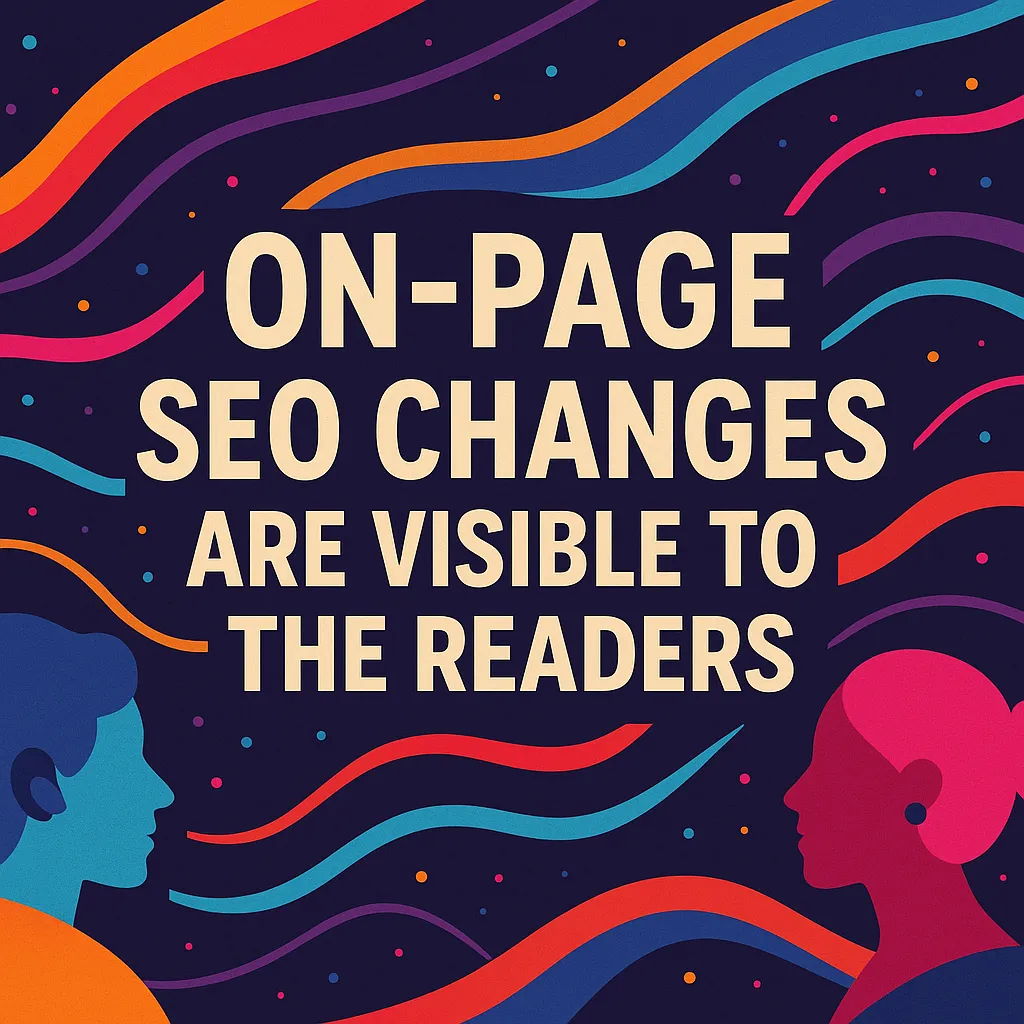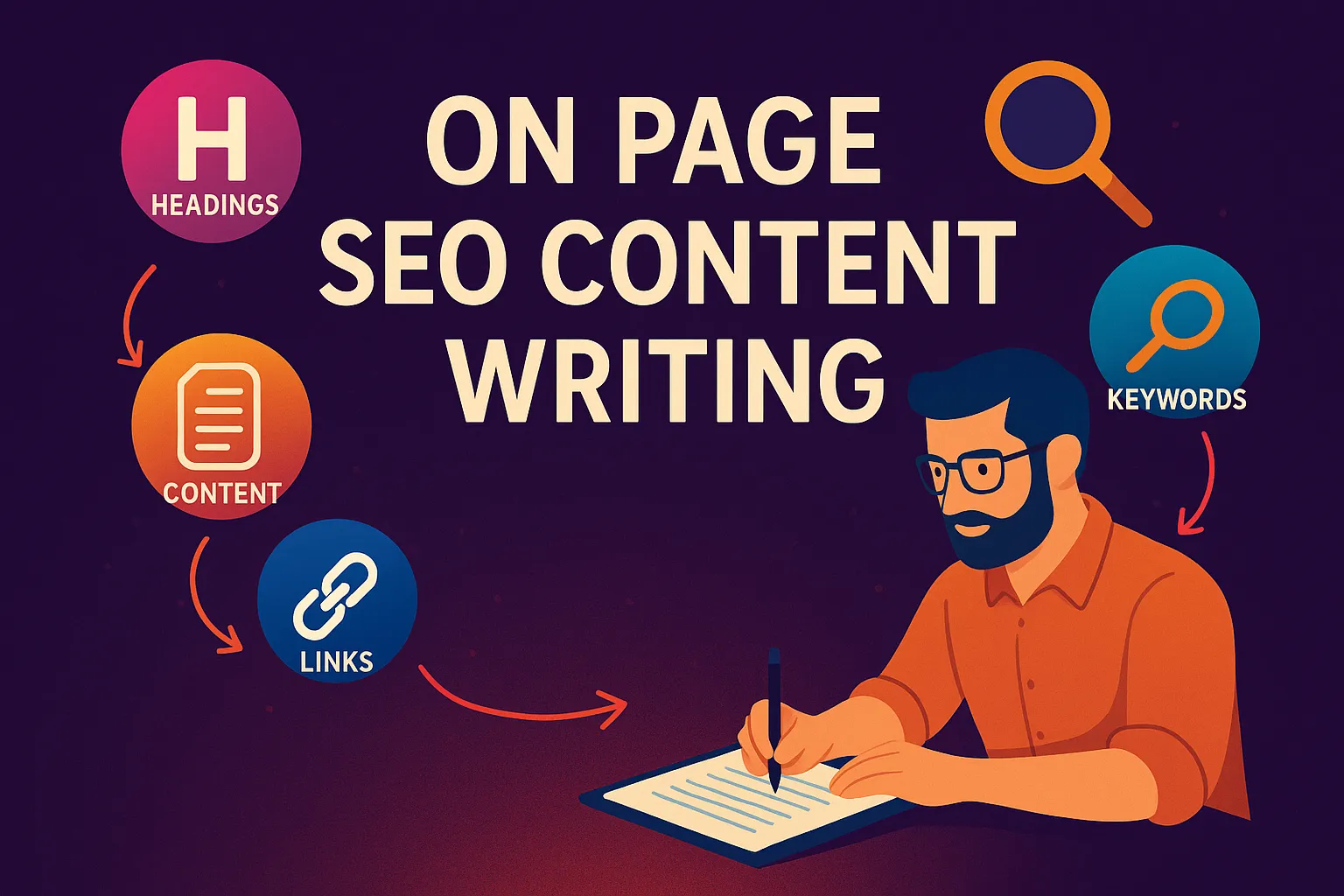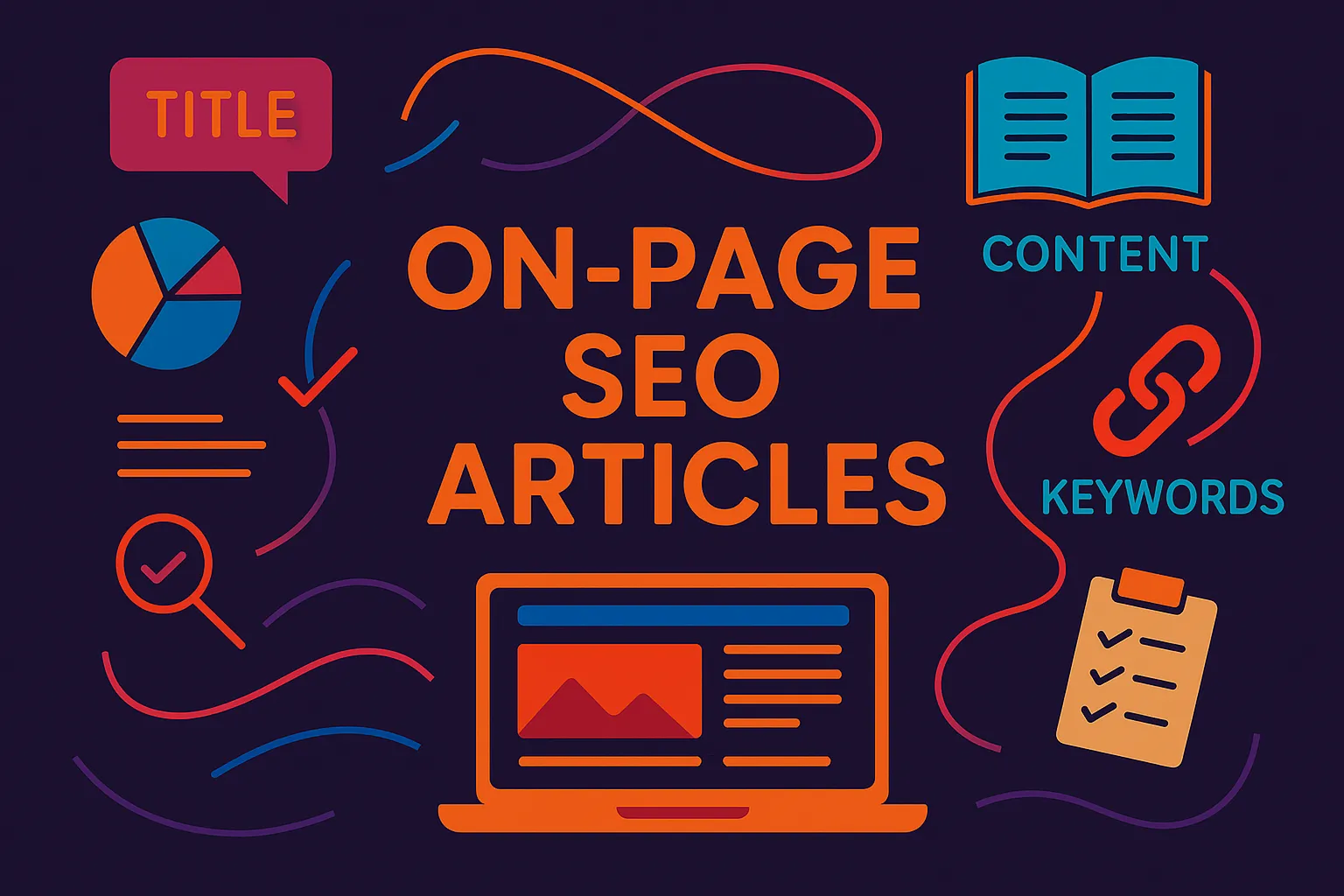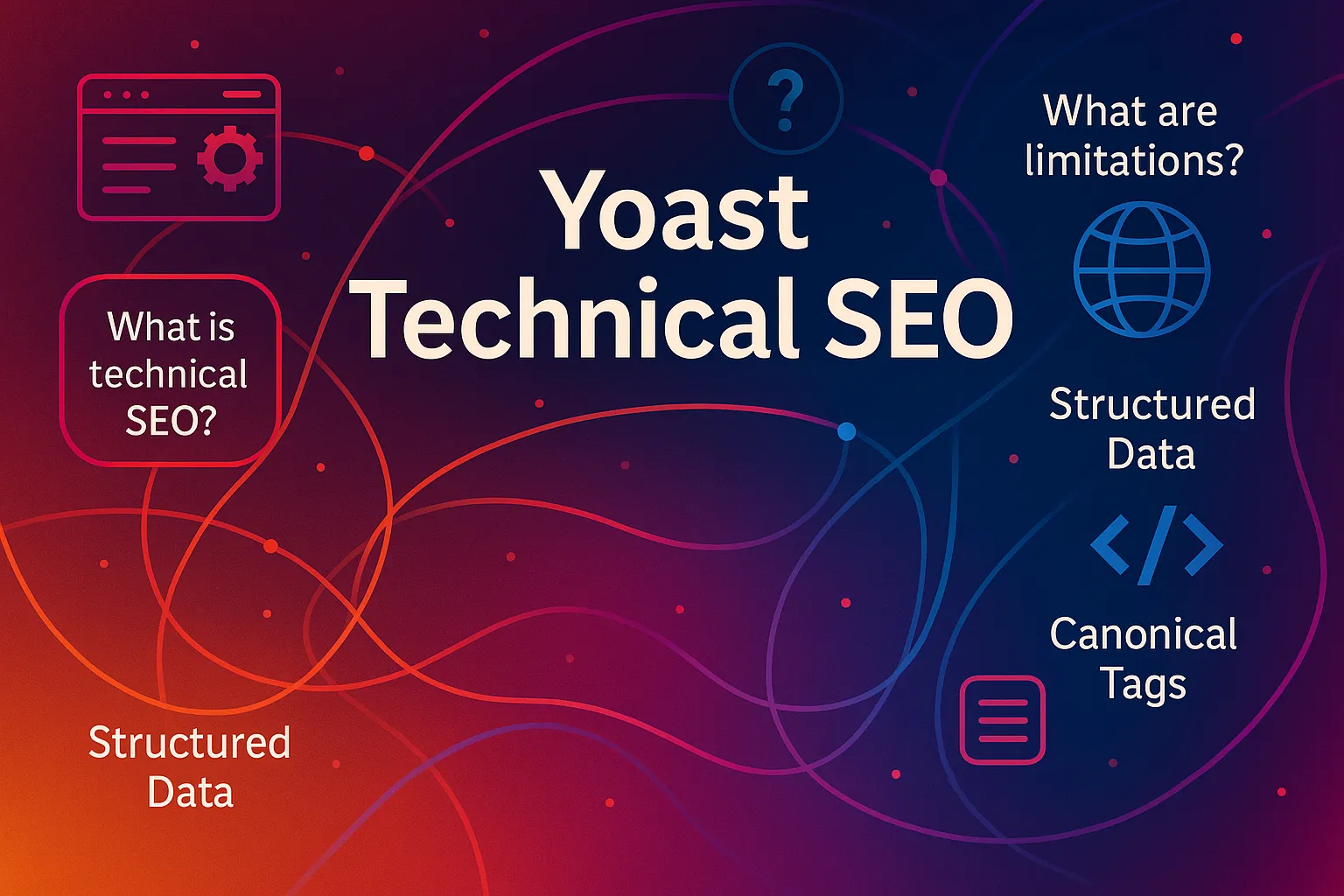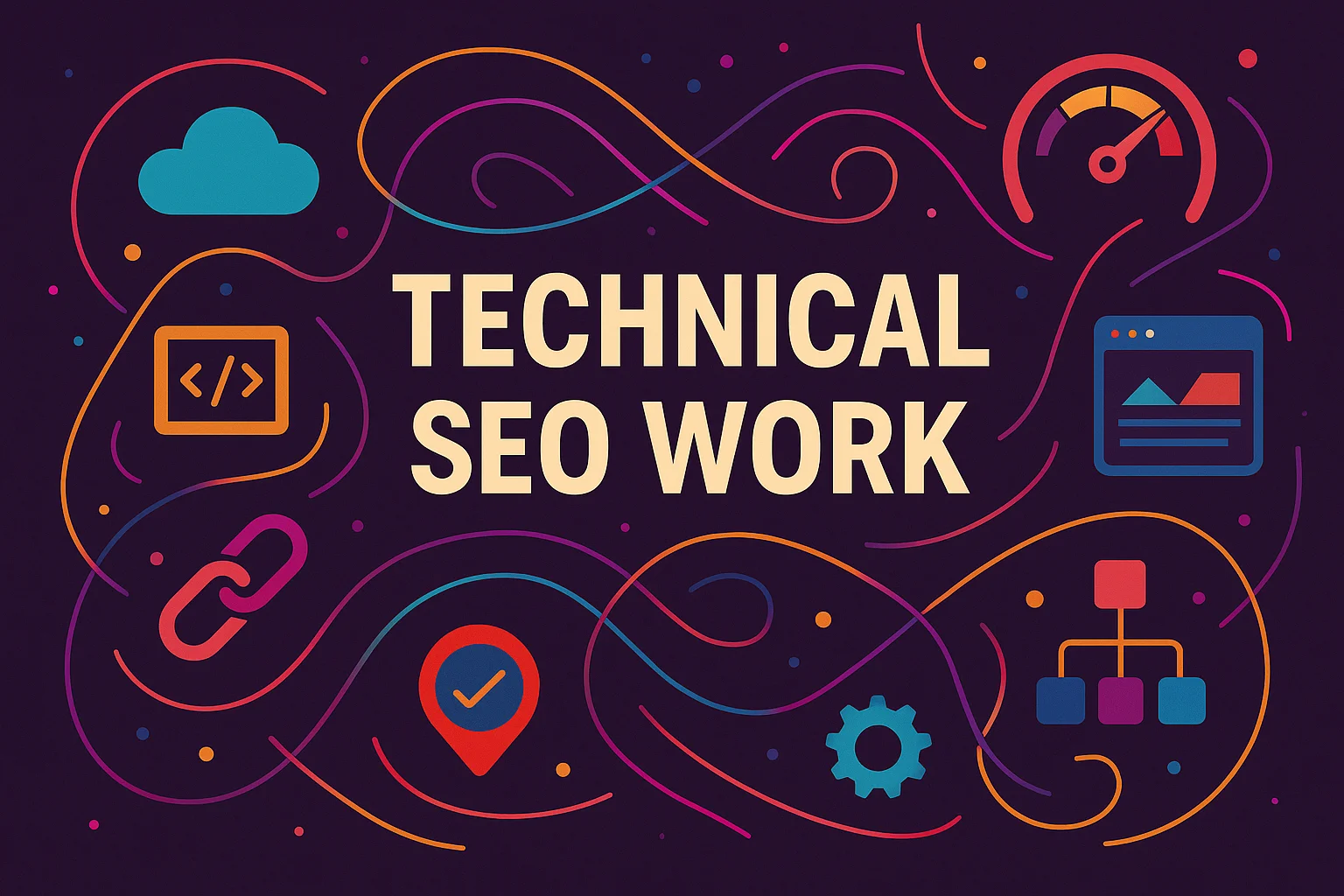What Does “On Page SEO Changes Are Visible to the Readers” Mean?
When we talk about “on page SEO changes are visible to the readers,” we’re referring to the tweaks you make on your website that users can actually see and interact with. Think of things like titles, headings, internal links, and the written content itself.
These aren’t background or technical changes; they’re visible cues that guide both users and search engines. At Vibe Branding, we always say, if your audience can see it, Google can read it.
This is why on-page SEO should never be an afterthought—it directly affects how people experience your site and how search engines decide if your content is useful. I’ve spent over a decade leading digital marketing campaigns, and one of the most overlooked truths is how visible changes impact both usability and rankings.
We don’t just optimize for algorithms; we optimize for real people reading your content. That’s why our agency focuses so much on visual SEO elements.
The best-performing pages are the ones that are easy to read, helpful to users, and laid out in a way that shows search engines what they’re about.
TL;DR Summary:
- On-page SEO changes are what you and your readers can see on a webpage.
- These changes affect how users interact with your site and how search engines rank it.
- Visible SEO updates include things like headings, content, images, links, and keywords.
- I’ll walk you through how we use visible on-page SEO changes at Vibe Branding to boost client rankings.
- Learn which tools we use, what mistakes to avoid, and how to audit your content regularly.
Why Visible On-Page SEO Changes Matter
One of the first things I teach clients is this: SEO isn’t just about getting on Google’s radar—it’s about keeping your readers interested once they land on your site. That’s where visible on-page SEO changes play a major role.
When readers see a well-structured page with relevant headings, keywords that match their search, and clean internal links, they tend to stick around longer. That increases your time-on-page, reduces bounce rate, and improves your SEO over time.
Another benefit is clarity. Users shouldn’t have to guess what your page is about.
If you optimize your titles and content using the exact keyword “on page SEO changes are visible to the readers,” you’re not only improving relevance for search engines, you’re also being transparent with your audience. That kind of transparency builds trust—and trust leads to conversions.
In our experience working with small businesses and startups, we’ve seen visibility improvements lift page retention rates by 25% in under three months. People engage more when your content is skimmable, accurate, and visually aligned with their expectations.
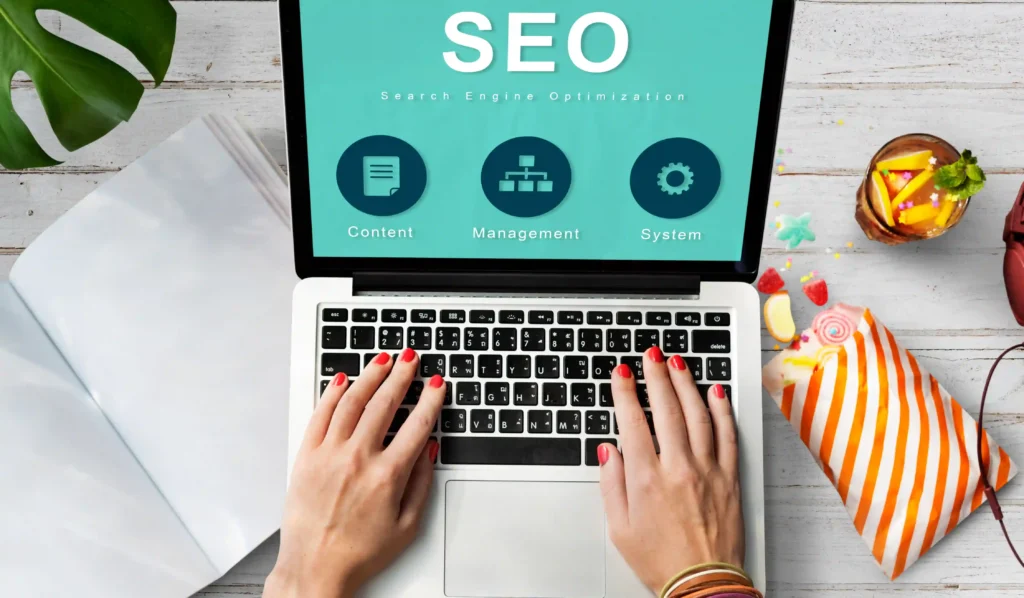
What Visible Changes Are We Actually Talking About?
Let me break it down. When we implement on-page SEO for our clients, we start with headers.
Header tags (H1, H2, H3, etc.) are not just styling tools. They help Google understand your content structure and they help readers navigate the page.
We make sure every H1 clearly states the topic, every H2 breaks down key points, and every H3 adds supporting details. Readers love this structure because it makes scanning for information effortless.
Next, we focus on keyword placement. The keyword “on page SEO changes are visible to the readers” should appear in your title, intro paragraph, and headers when it makes sense.
We don’t stuff keywords, but we ensure they appear naturally throughout the content. This balance between optimization and readability is what keeps users engaged and helps content rank.
Other important elements? Internal links.
These connect different parts of your website and guide users through related content. When implemented correctly, they lower bounce rates and increase page views.
We also work on meta descriptions, although those aren’t always visible on the page itself, they do show up in search results and influence clicks.
How We Use These Changes at Vibe Branding
At Vibe Branding, we put these concepts into action every day. For example, when we onboard a new client, we perform a visual SEO audit of their top pages.
We look for missing H1 tags, irrelevant headings, weak meta descriptions, and internal linking gaps. Then we rebuild the page to make it more reader-friendly and keyword-aligned.
Our own “About” page is a good example of how we apply this. We use H2 headings to highlight our values, team, and services.
We include testimonials, optimized image alt text, and strategic links to deeper service pages. Each element is designed to serve both the user and the search engine.
We’ve seen clients rank on page one within 60 days of implementing these visible updates. Here’s a simplified version of the elements we always optimize:
Element | Purpose | Visible to Users? |
H1 Title | Defines main topic for search and readability | Yes |
Meta Description | Improves CTR in SERPs | Partial (via Google) |
Keyword Placement | Boosts relevance for search terms | Yes |
Internal Links | Keeps users on site longer, boosts crawlability | Yes |
Alt Text on Images | Accessibility and image SEO | Sometimes |
That kind of table helps our clients visualize the tangible elements we’re improving. Because when they can see the difference, they value the process more.
How Visible SEO Changes Impact User Behavior
Here’s something we’ve proven time and again: users behave differently based on how content is laid out. Pages that open with clear titles and intro paragraphs that repeat the core topic (like “on page SEO changes are visible to the readers”) are more likely to keep a user scrolling.
Add in visual breaks like bullet points, short paragraphs, and images, and you’ll see time-on-site rise almost instantly. From a behavioral standpoint, visible SEO helps reduce friction.
If a user clicks on your page expecting answers, and they’re met with walls of text or vague headings, they bounce. But if your SEO edits lead with clarity and usefulness, readers feel like they’ve found what they were looking for.
We even use heatmaps to test this. When we update a client’s product page with clear H2 headings, relevant internal links, and image descriptions, clicks increase near those sections.
Let me tell you a quick story. One of our ecommerce clients had a landing page with dense text and no headings.
After optimizing the content layout and adding visible SEO updates, bounce rate dropped by 32%. Sometimes the difference is simply about making the content feel usable at a glance.

Avoiding Common SEO Visibility Mistakes
It’s easy to get carried away with optimization and forget about user experience. One of the biggest mistakes I see businesses make is keyword stuffing.
Yes, we want the keyword “on page SEO changes are visible to the readers” in our content, but not at the expense of readability. Overusing keywords makes the content feel robotic and actually turns off your readers.
Another issue is misusing headings. Some websites go from H1 straight to H4 or use bolded text to fake a header.
This not only confuses users but also misguides search engines. A consistent heading hierarchy gives structure to your page and makes it easier to crawl.
Image use is another area where people slip. Uploading massive images slows down your page—a ranking factor in itself.
Always compress images and use descriptive alt text. Not only does this help with SEO, but it also makes your site more accessible to users with disabilities.
Internal linking errors can be problematic too. Linking to irrelevant pages or repeating the same anchor text across multiple pages waters down your relevance.
Each link should be intentional, leading users to the next logical step in their journey. Finally, neglecting mobile optimization is a major misstep.
With more than half of traffic coming from mobile, your visible SEO elements must be legible and functional on all screen sizes. We test every client site on mobile before launch—it’s non-negotiable.
SEO Tools We Use to Measure Visibility and Impact
When it comes to tracking whether your visible SEO efforts are working, we rely on a mix of free and premium tools. Google Search Console is our baseline. It tells us how often your pages appear in search results, which keywords are bringing in traffic, and where users are dropping off.
We cross-reference that data with behavior reports in Google Analytics to understand how users interact once they land on a page. For content-specific checks, we use Semrush’s On Page SEO Checker.
This tool flags missing keywords in headings, suggests meta improvements, and compares your layout against top-ranking competitors. It’s a great way to validate if our visible changes align with industry standards.
We also rely on Screaming Frog to audit internal linking and check for missing or duplicate tags. And to see what’s working visually, we analyze user interactions with Hotjar heatmaps.
This shows us which visible elements users are engaging with, where they click, and how far they scroll. In short, we let the data confirm our direction.
SEO shouldn’t be guesswork. These tools give us the proof we need to keep improving.
How Often Should You Refresh Your On-Page SEO Elements?
I always advise clients to schedule quarterly SEO reviews. Google’s algorithm changes frequently, and so does user behavior.
What ranked or converted well six months ago might not hold up today. Start by auditing your top-performing pages.
Are the titles still relevant? Are internal links still accurate?
Are images up-to-date and optimized? It’s especially important to update any content that includes dates or time-sensitive references.
If you’re using the phrase “on page SEO changes are visible to the readers,” make sure the content around it stays evergreen or is updated when industry trends shift. Even if nothing has changed, refreshing the wording slightly or adding new internal links can send positive signals to Google that your site is actively maintained.
This doesn’t just apply to blogs; product pages, service pages, and landing pages all benefit from SEO tune-ups. We use Asana to track content updates across client accounts.
If you don’t have a team managing this for you, a simple spreadsheet with last-updated dates and task checklists can go a long way. Remember: SEO isn’t a one-and-done job.
It’s a living, breathing part of your website.
Final Thoughts
After 10+ years running digital marketing campaigns, I can tell you that the most powerful SEO results come from the smallest visible details. Yes, algorithms matter, but the reader matters more.
When you prioritize making your content clear, structured, accessible, and relevant, the SEO takes care of itself. And when you remember that on page SEO changes are visible to the readers, you’re not just optimizing for search engines—you’re optimizing for every person who visits your site.
So if you’re ready to turn your pages into high-performing, user-loved assets, start with what your audience can see. Because what’s visible is what builds trust—and trust is what drives results.

